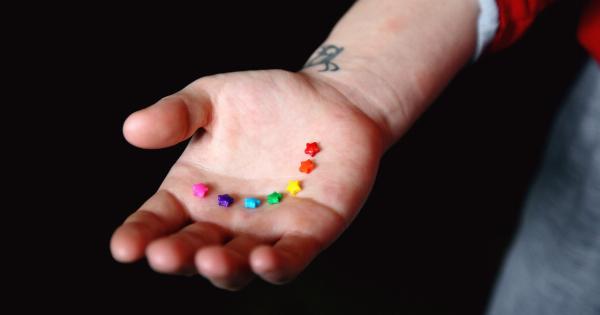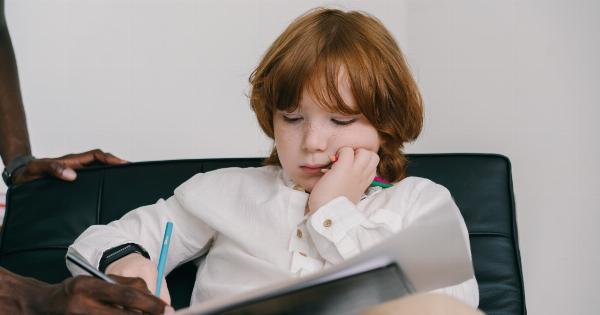Social Communication Disorder (SCD) is a neurodevelopmental disorder that affects a child’s ability to use social and nonverbal communication effectively.
Children with SCD struggle with understanding and using verbal and nonverbal cues, making it challenging for them to initiate and maintain social relationships. It is crucial for parents, teachers, and healthcare professionals to understand the unique needs of children with SCD and implement effective intervention techniques to support their communication development.
1. Early Identification and Diagnosis
Early identification and diagnosis of SCD are essential for effective intervention. Children should be screened for communication difficulties during routine well-child visits.
If there are concerns about a child’s social communication skills, a comprehensive evaluation by a speech-language pathologist (SLP) or a developmental pediatrician should be conducted. A thorough assessment will help identify whether the child has SCD or another related condition.
2. Individualized Treatment Plans
Every child with SCD has unique strengths and weaknesses in their social communication abilities. Therefore, intervention plans should be tailored to meet individual needs.
It is crucial to work closely with an SLP or a specialized therapist to develop an individualized treatment plan that addresses specific areas of difficulty, such as pragmatics, turn-taking, and facial expressions. The plan should also set clear goals and objectives to track progress over time.
3. Social Skills Training
Social skills training is a crucial component of intervention for children with SCD. It involves teaching and practicing specific social skills in structured settings.
Role-playing, social stories, and visual supports can be used to teach children how to initiate and maintain conversations, interpret nonverbal cues, and understand social expectations. Group therapy can also provide opportunities for children to practice their social skills in a safe and supportive environment.
4. Communication Devices and Augmentative and Alternative Communication (AAC)
For children with severe communication impairments, the use of communication devices and augmentative and alternative communication (AAC) systems can be beneficial.
AAC systems can include gestures, sign language, picture communication boards, or speech-generating devices. These tools help children with SCD to express themselves and communicate their thoughts and feelings effectively. It is crucial to work with an SLP to determine the most appropriate AAC system for each child.
5. Parent and Caregiver Involvement
Active involvement of parents and caregivers is crucial for the success of intervention techniques. They play a vital role in supporting and reinforcing the skills learned during therapy sessions in everyday settings.
Parents can implement strategies suggested by the SLP, create social opportunities for the child, and provide ongoing support and encouragement. Regular communication and collaboration with the child’s therapy team will ensure consistent implementation of techniques across different environments.
6. Social Storytelling
Social storytelling is a technique that uses simple narratives to teach social skills, concepts, and expectations. These stories can be written or visual, with sequential images illustrating various social scenarios.
Social stories help children with SCD understand the perspective of others, interpret social cues, and engage in appropriate social behaviors. The stories can be personalized to address specific challenges the child may face in different social situations.
7. Peer-Mediated Intervention
Peer-mediated intervention involves training typically developing peers to engage and support children with SCD in social interactions. The trained peers act as communication partners, models, and playmates for children with SCD.
This intervention technique has shown positive outcomes in improving social communication skills and promoting inclusion. It benefits both children with SCD and their peers, fostering understanding, empathy, and friendships.
8. Sensory Integration Therapy
Many children with SCD have sensory processing difficulties, which can impact their social interactions. Sensory integration therapy aims to address sensory challenges and promote self-regulation.
This therapy involves activities that provide sensory input and help children with SCD better process and respond to sensory stimuli. By improving sensory integration skills, children can more effectively engage in social interactions and reduce anxiety or sensory overload.
9. Social-Emotional Learning Programs
Social-emotional learning programs focus on teaching children essential skills for managing emotions, developing empathy, and building positive relationships.
These programs often incorporate activities that enhance self-awareness, self-regulation, social awareness, relationship skills, and responsible decision-making. Integrating social-emotional learning into intervention plans can effectively support the overall social communication development of children with SCD.
10. Collaborative Approach
Addressing SCD requires a collaborative approach involving professionals from various disciplines, including speech-language pathology, occupational therapy, psychology, and education.
A multidisciplinary team can provide a comprehensive assessment, holistic intervention strategies, and ongoing support. Collaboration between parents, teachers, therapists, and healthcare professionals is vital to ensure consistent implementation of intervention techniques and monitor the progress of the child.































